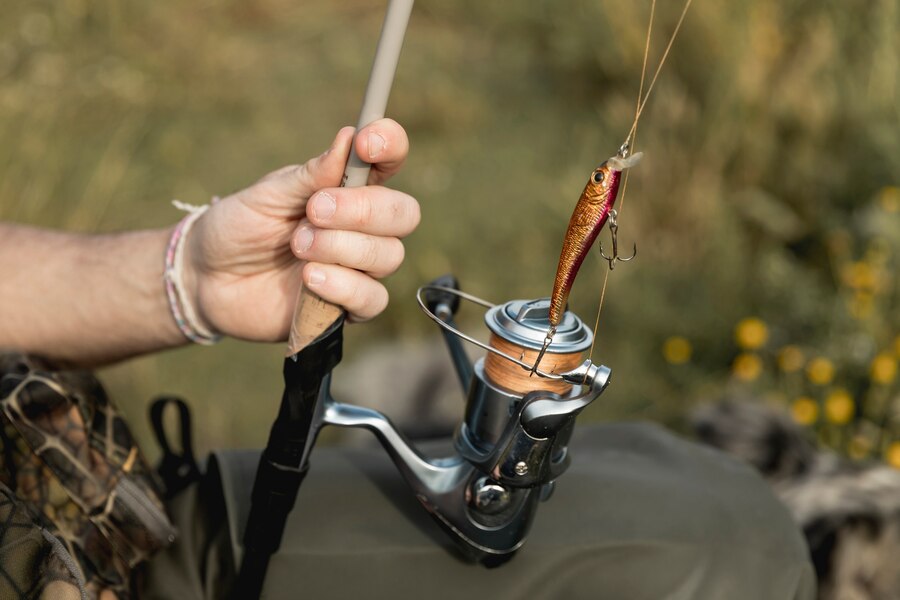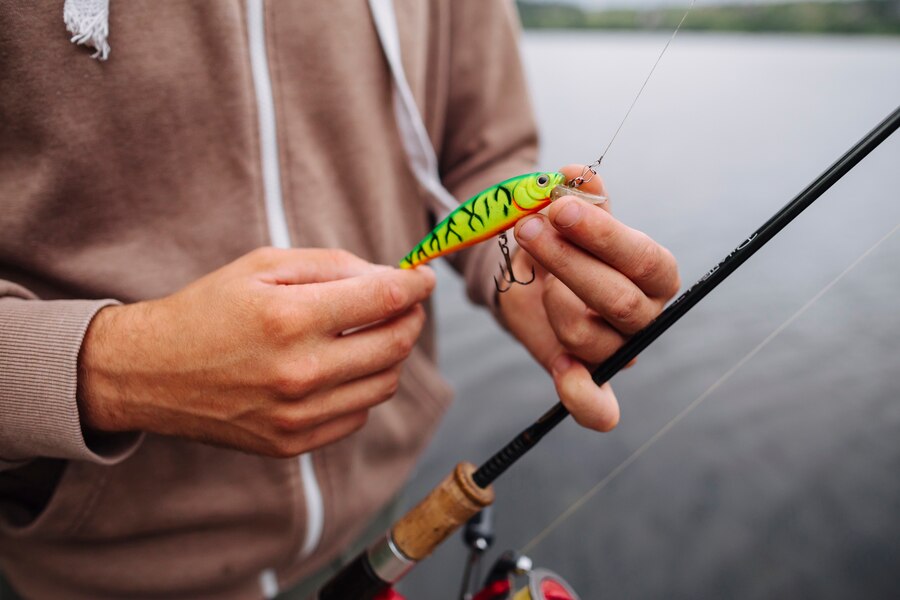When it comes to fishing, using live bait can often make the difference between a successful day on the water and going home empty-handed. Live bait fishing involves using live organisms, such as worms, minnows, or shrimp, to entice fish to bite. This method has been favored by anglers for generations due to its effectiveness in mimicking natural prey and attracting a wide variety of fish species.
Natural Presentation
One of the primary advantages of using live bait is its ability to provide a natural presentation in the water. Live bait moves and behaves just like the prey that fish are accustomed to hunting, making it more enticing and believable as a meal.
Increased Attraction
Live bait emits natural scents and vibrations that can attract fish from a distance. This heightened sensory appeal can trigger a feeding response in even the most cautious of fish, increasing the likelihood of a successful catch.
Versatility
Live bait can be used in various fishing environments, from freshwater lakes to saltwater bays. Its versatility makes it a valuable asset for anglers targeting a wide range of fish species, including bass, trout, catfish, and more.
Worms
Worms are perhaps the most popular and widely used form of live bait. They are readily available, easy to handle, and effective for catching a variety of fish species, including panfish, bass, and walleye.
Minnows
Minnows are small fish that can be purchased or caught for use as live bait. They are particularly effective for targeting predatory fish such as pike, muskie, and largemouth bass.
Crickets
Crickets are commonly used as live bait for freshwater fishing, especially in areas with abundant insect populations. They are particularly effective for catching panfish such as bluegill and crappie.
Shrimp
Shrimp are a popular choice for saltwater fishing due to their natural scent and flavor. They are commonly used to target species such as redfish, snook, and trout.
Local Bait Shops
Local bait shops are a convenient and reliable source of live bait for anglers. These establishments typically carry a wide selection of live bait options and can provide valuable advice on which bait is best suited for local fishing conditions.
Fishing Docks
Fishing docks and marinas often have live bait available for purchase or rent. Anglers can usually find a variety of bait options to choose from, including worms, minnows, and shrimp.
Online Suppliers
For anglers who prefer the convenience of shopping from home, many online suppliers offer live bait delivery services. These suppliers typically ship live bait directly to the customer’s doorstep, ensuring freshness and quality.
Freshness
When selecting live bait, it’s essential to choose specimens that are lively and active. Avoid bait that appears sluggish or unhealthy, as it may be less attractive to fish.
Size
The size of the bait should be appropriate for the size of the fish you are targeting. Larger bait may attract bigger fish but can also be more challenging to handle and present.
Species Compatibility
Consider the natural prey of the fish species you are targeting and choose live bait that closely resembles it. Matching the bait to the fish’s natural diet can increase its effectiveness.
Temperature Control
Maintaining the proper temperature is crucial for keeping live bait healthy and active. Most live bait species prefer cooler temperatures, so storing them in a cooler or refrigerator can help prolong their lifespan.
Water Quality
Live bait requires clean, oxygenated water to survive. When storing bait in a container, be sure to change the water regularly and avoid overcrowding to prevent stress and suffocation.
Local Fishing Regulations
Before using live bait, familiarize yourself with local fishing regulations regarding its use. Some areas may have restrictions on certain bait species or require permits for their use.
Protected Species
Be mindful of using live bait that may harm protected or endangered species. Avoid using bait that is known to be invasive or harmful to the local ecosystem.
Bottom Fishing
Bottom fishing involves presenting live bait on or near the bottom of the water body, where many fish species feed. This technique is commonly used for targeting bottom-dwelling species such as catfish and flounder.
Float Fishing
Float fishing, also known as bobber fishing, involves suspending live bait beneath a buoyant float or bobber. This technique allows anglers to fish at various depths and can be effective for targeting species such as trout and panfish.
Drift Fishing
Drift fishing involves allowing live bait to drift naturally with the current, often using a drift rig or drift sock to control speed and direction. This technique is commonly used in rivers and streams to target actively feeding fish.
Overfeeding
Avoid overfeeding live bait, as excess food can quickly degrade water quality and lead to unhealthy bait. Feed live bait sparingly and remove any uneaten food promptly.
Ignoring Local Conditions
Pay attention to local weather and water conditions when fishing with live bait. Factors such as water temperature, current flow, and wind direction can all impact fish behavior and feeding patterns.
Improper Hooking Techniques

Take care to hook live bait properly to maximize its effectiveness. Avoid hooking bait too deeply or in a way that restricts its natural movement, as this can reduce its attractiveness to fish.
Conclusion
Using live bait can significantly improve your chances of success when fishing, thanks to its natural presentation and increased attraction. By choosing quality bait, properly storing it, and using the right techniques, anglers can enhance their fishing experience and catch more fish.
FAQs
Is live bait better than artificial bait?
While both live and artificial bait have their advantages, live bait often provides a more natural presentation and increased attraction.
Can I catch my own live bait?
Yes, many anglers catch their own live bait using methods such as seining, trapping, or netting.
How long can live bait be stored?
The lifespan of live bait depends on factors such as species, temperature, and water quality. With proper care, live bait can typically be stored for several days.
Are there any disadvantages to using live bait?
Live bait can be more challenging to store and transport compared to artificial bait, and some anglers may find it less convenient to use.
What is the best time of day to fish with live bait?
The best time to fish with live bait can vary depending on factors such as the species being targeted and local fishing conditions. Generally, early morning and late evening tend to be productive times for fishing with live bait.
